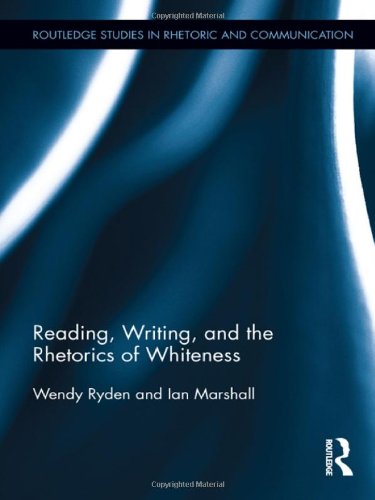

Most ebook files are in PDF format, so you can easily read them using various software such as Foxit Reader or directly on the Google Chrome browser.
Some ebook files are released by publishers in other formats such as .awz, .mobi, .epub, .fb2, etc. You may need to install specific software to read these formats on mobile/PC, such as Calibre.
Please read the tutorial at this link: https://ebookbell.com/faq
We offer FREE conversion to the popular formats you request; however, this may take some time. Therefore, right after payment, please email us, and we will try to provide the service as quickly as possible.
For some exceptional file formats or broken links (if any), please refrain from opening any disputes. Instead, email us first, and we will try to assist within a maximum of 6 hours.
EbookBell Team

4.8
54 reviewsIn this volume, Ryden and Marshall bring together the field of composition and rhetoric with critical whiteness studies to show that in our "post race" era whiteness and racism not only survive but actually thrive in higher education. As they examine the effects of racism on contemporary literacy practices and the rhetoric by which white privilege maintains and reproduces itself, Ryden and Marshall consider topics ranging from the emotional investment in whiteness to the role of personal narrative in reconstituting racist identities to critiques of the foundational premises of writing programs steeped in repudiation of despised discourses. Marshall and Ryden alternate chapters to sustain a multi-layered dialogue that traces the rhetorical complexities and contradictions of teaching English and writing in a university setting. Their lived experiences as faculty and administrators serve to underscore the complex code of whiteness even as they push to decode it and demonstrate how their own pedagogical practices are raced and racialized in multiple ways. Collectively, the essays ask instructors and administrators to consider more carefully the pernicious nature of whiteness in their professional activities and how it informs our practices.